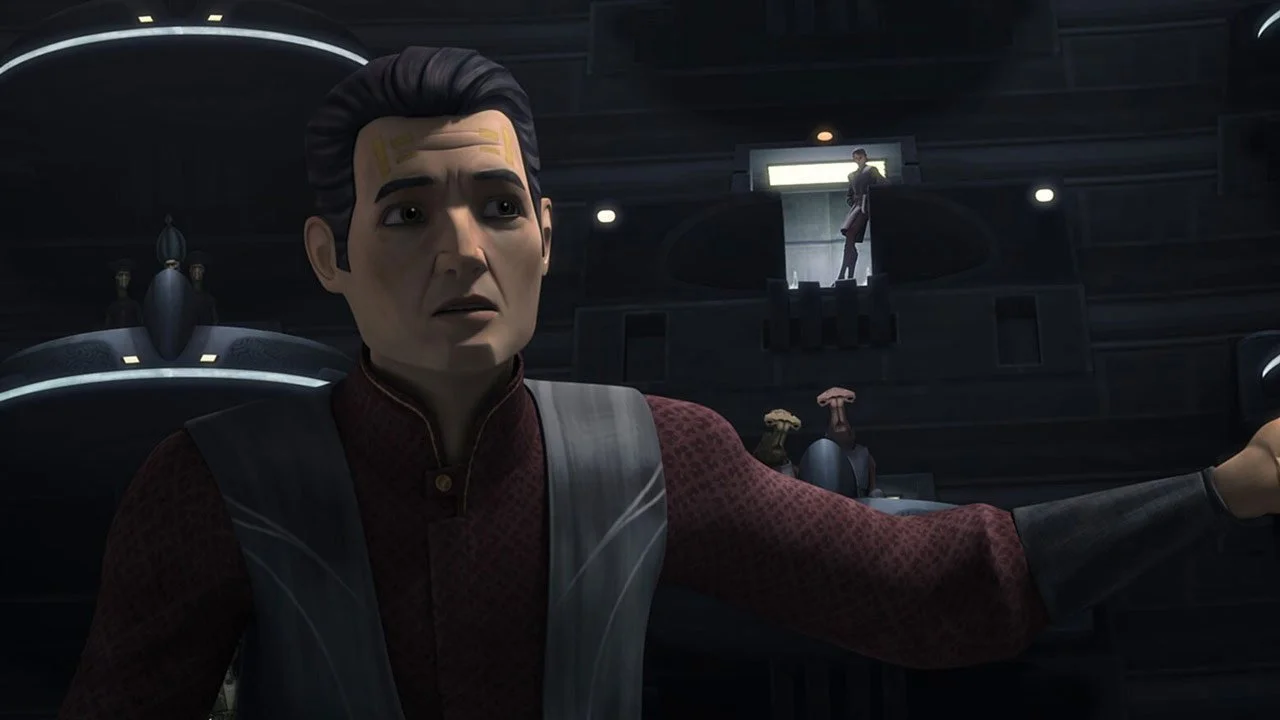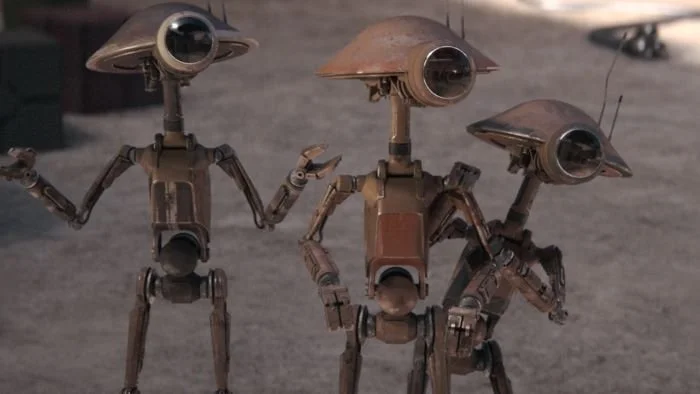What Are The Different Economic Systems At Play In The ‘Star Wars’ Galaxy?
Image Source: StarWars.com
One of the reasons that fans have been so enamored by the Star Wars galaxy since its inception in 1977 was because of how real it felt. Sure, it is a space fantasy world with magical wizards and creatures, but it is grounded in reality. If one were to strip the magic away, the story could very much be happening in our world. One way that the Star Wars galaxy feels real is because it has a realistic economic system that resembles our real world. Money makes the world go round, as they say, and the galaxy far, far away is no exception. This article will explore the economic situation of the Star Wars galaxy and how it is similar to our world.
Economic System Of The Galaxy Far, Far Away
Image Source: YouTube
From the little snippets we have seen, the Star Wars galaxy seems to follow a very deregulated capitalistic system. Corporations do exist and people sell things in exchange for money. As seen in The Phantom Menace, mega-corporations like the Trade Federation have a monopoly on trade across the galaxy. They also have their own private security force. The fact that this sort of organization exists shows that the galaxy is not as regulated by the government as our world.
RELATED:
The universe also uses a decentralized currency. While the Galactic Credit Standard (also known as Republic Dataries) is used by those who live closer to the Republic core worlds, there are areas, like the Outer Rim territories, that do not recognize them. It would seem that currency depends on the individual planet and how much influence the governing body of the Galactic Republic has on it. Some planets would also utilize a dual currency system, conducting business with its local currency along with the Republic credit.
While currency remained mostly unchanged during the Imperial era, the economic system is slightly different. It seemed financial power was consolidated in the hands of a few mega-corporations but also ones that had ties to the state. By limiting power to a select few, the Emperor was able to optimize the production of his unlimited war machines, and ships.
During the New Republic, the Imperial credits inevitably lose value and become obsolete after the fall of the Empire. Other local currencies also make a return.
Parallels To The Real World
Image Source: Sci-fi and Fantasy Network
While the economy of Star Wars is vague, what we can see does have some similarities to the real world. Based on the few examples in the Galactic Republic era, Star Wars tend to be a mostly free-market capitalist society. However, feudal systems also exist in areas outside the core worlds where bartering is common, and people are sold into slavery.
For example, Anakin Skywalker was born a slave, and he and his mother were sold several times, first to the likes of Gardulla the Hutt and then to Watto. Both Skywalkers had chips surgically implanted within them such that they would blow up if they tried to escape. This shows that while the Star Wars galaxy is technologically advanced, it still has many morally backward concepts from a time long past.
Another example of feudal practices is the use of droid labor and the debate on whether droids are sentient and have rights. While that is quite a heavily debated topic both in and out of the universe, droids are built, for the most part, to serve some sort of functional labor. Even those who develop a personality are still in service of organic beings for the rest of their “life.” One could call it “droid serfdom.” Of course, feudalism takes place in areas further away from the seat of government, mostly in the Outer Rim territories.
Image Source: StarWars.com
In a sense, the Star Wars galaxy is a mix of various economic systems. As with the differences in political beliefs, each planet has its own unique way of conducting business. This is what connects the galaxy far, far away to our world. While Lucas himself was not an economist, he certainly injected the familiar economic system of our world into his saga.
READ NEXT:
















